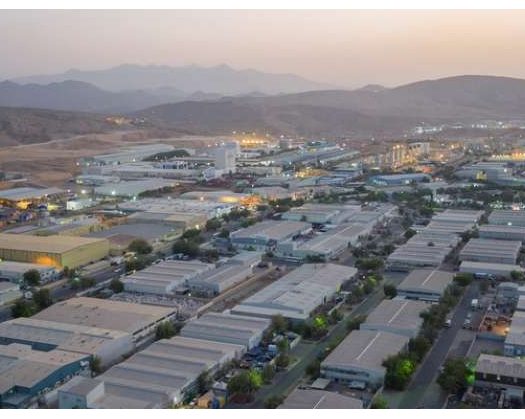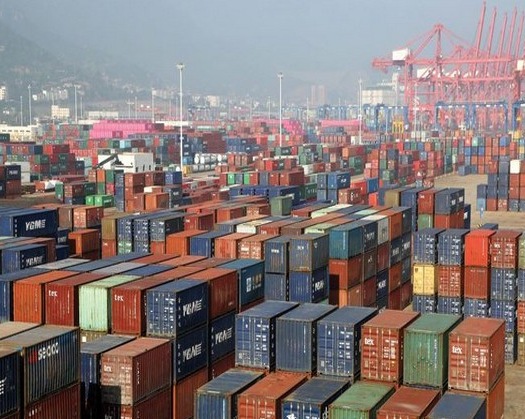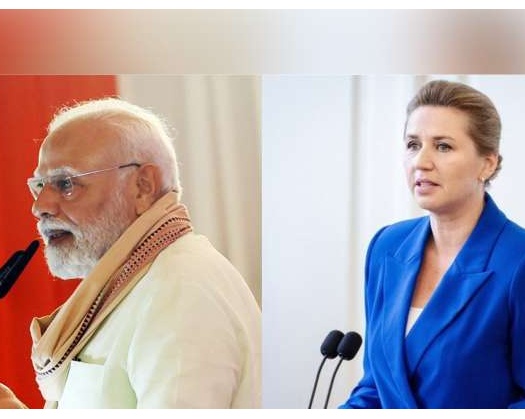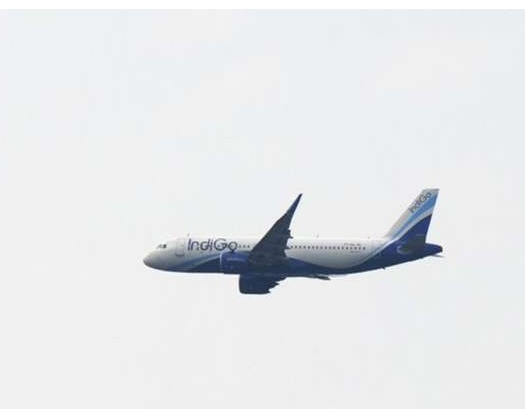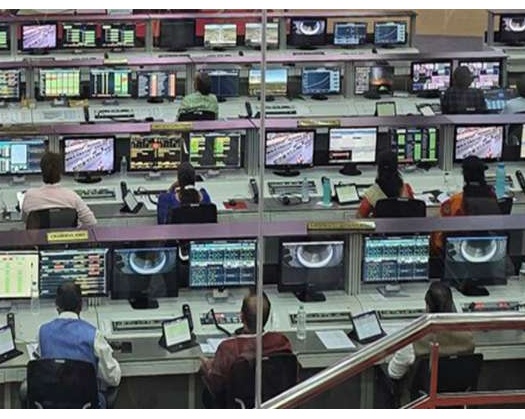Muscat: The Sultanate of Oman's Gross Domestic Product (GDP) witnessed a sustained expansion in non-oil activities during the initial quarter of the current year, marking a significant driver of economic growth.
The Ministry of Economy elucidated that, at constant prices, the contribution of non-oil activities to the GDP during the aforementioned period amounted to approximately OMR6.8 billion, whereas at current prices, this figure rose to around OMR7.2 billion.
This expansion was characterized by a 6.5 percent increase in the agricultural, forestry, and fishing sectors, a 5.7 percent growth in industrial activities, and a 3.9 percent rise in service activities, compared to the same period in 2023.
The Ministry further highlighted that, at constant prices, the agricultural, forestry, and fishing sectors accounted for 2.3 percent of the GDP, with industrial activities representing 20.8 percent, and service activities contributing 48.2 percent. At current prices, the respective contributions of these sectors to the GDP were 2.7 percent, 19.3 percent, and 46.9 percent.
The Ministry of Economy also noted that the transportation and storage sector has continued to perform commendably, achieving a real growth rate of 7.8 percent during the initial quarter of this year, with a contribution to the GDP of 6.4 percent. Conversely, mining and quarrying activities experienced a modest growth of 0.9 percent, contributing 0.6 percent to the GDP. The accommodation and food services sector saw a decline in growth by 12 percent, contributing 1.5 percent to the GDP. However, the education sector demonstrated an increase in growth, rising to 3.2 percent with a contribution of 4.5 percent to the GDP.
In other sectors of the economy, the construction sector has shown signs of recovery since the conclusion of the previous year, with a growth rate of 2.7 percent during the initial quarter of this year, compared to a decline of 1.3 percent during the same period last year. This recovery has been crucial, given the significant contribution of the construction sector to the GDP, which stands at 8.3 percent.
The wholesale and retail trade sector also recorded a growth rate of 5.8 percent, with its contribution to the GDP increasing to 8.1 percent. Meanwhile, the financial and insurance activities sector experienced a growth rate of 5.6 percent, contributing 5.8 percent to the GDP. Conversely, the oil activities sector witnessed a decline in growth, with a rate of 2.4 percent during the initial quarter of this year, compared to a growth rate of 5.1 percent during the same period last year. This decline can be attributed to a decrease in oil production and a reduction in the growth rate of crude oil activities by 3.3 percent.
The Ministry of Economy has elucidated that the economic growth figures for the initial quarter reflect the robust performance of sectors beyond the oil industry, which have experienced a genuine expansion of 4.5 percent, offsetting the downturn in the added value of oil-related activities and contributing to the sustained real growth of the Omani economy at a rate of 1.7 percent.
The Tenth Five-Year Plan (2021-2025) is set to elevate the contribution of various sectors, including transport and logistics to 7.5 percent, tourism to 3 percent, fisheries to 2 percent, agriculture to 1.5 percent, mining to 0.7 percent, and education and scientific research to 6.2 percent.
Looking ahead to 2025, which marks the conclusion of the Tenth Five-Year Plan, there are expectations for a sustained increase in the GDP growth rate, bolstered by the ongoing growth momentum in non-oil sectors, which are anticipated to expand to approximately 3.2 percent.
Furthermore, the prospects for economic growth are expected to be further strengthened by the anticipated recovery of oil activities in the forthcoming period, in alignment with the OPEC Plus group's commitment to incrementally increase oil production from the end of 2024.

